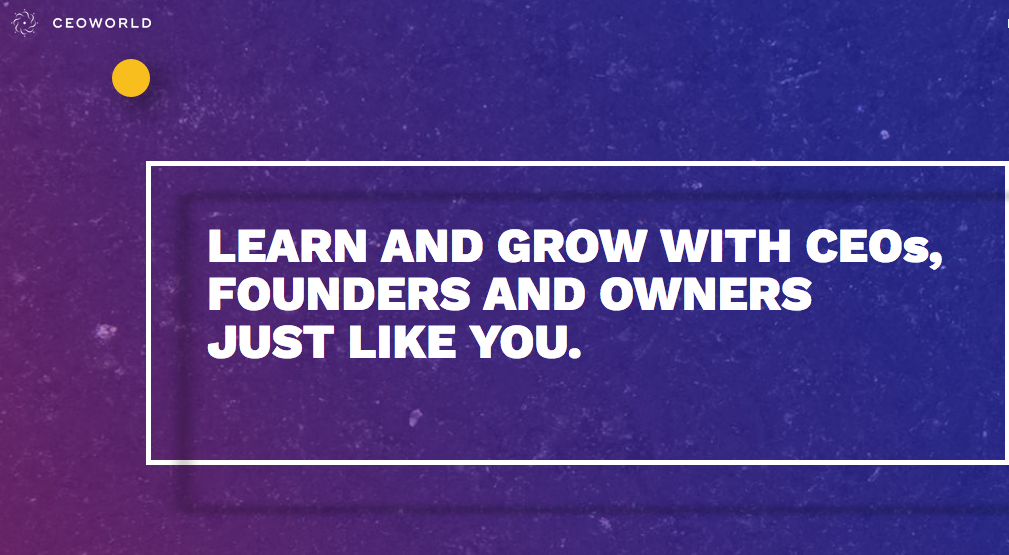Yesterday, I spoke to an audience of CEOs and business leaders at the Vistage Executive Summit in Washington, DC. I was doubly excited about having been invited because I not only knew it would be a great event, but I’d also get to visit my youngest daughter who lives in DC. I arrived a day early where we met for a lovely lunch, enjoyed a trip to the Smithsonian’s Renwick Gallery, and took in a Nationals game. For the purpose of this post, I’d like to focus on the Renwick Gallery.
The featured exhibit is called Connections, and I was struck by the first paragraph of its description painted on a wall:
“The Internet has fundamentally transformed the way we think over the last quarter century. We now see the world through an infinite web of “hyperlinked” ideas. We have information at our fingertips like never before and our attention has shifted from the data-driven to the interpretive, seeking out patterns and cultivating relationships. Connecting is at the heart of modern life, and the connections we make whether factual or fantastic, tell us stories about ourselves and the world among us.”
I was also intrigued by a quote I discovered later during our tour of the exhibit:
“Everything eventually connects – people, ideas, objects. The quality of the connections is the key to quality per se.” – Charles Eames
When we talk of peer advantage, we mean people connections with individuals and in group settings. I incorporated what I saw at the Renwick Gallery into my presentation to the CEOs and business leaders at the event the following day. As you might imagine, it added a certain weight – a special brand of gravity to the value of the people we surround ourselves with and how and why they matter so much. It’s these connections that so often either lift us up, drag us down, or hold us at bay. Food for thought for the weekend, as you are hopefully spending time with those whom personally lift you up the most.
*The featured image is from the exhibit – a woven sculpture by Janet Echelman. I invite you to read its description here and check out her amazing work by clicking on her name.







